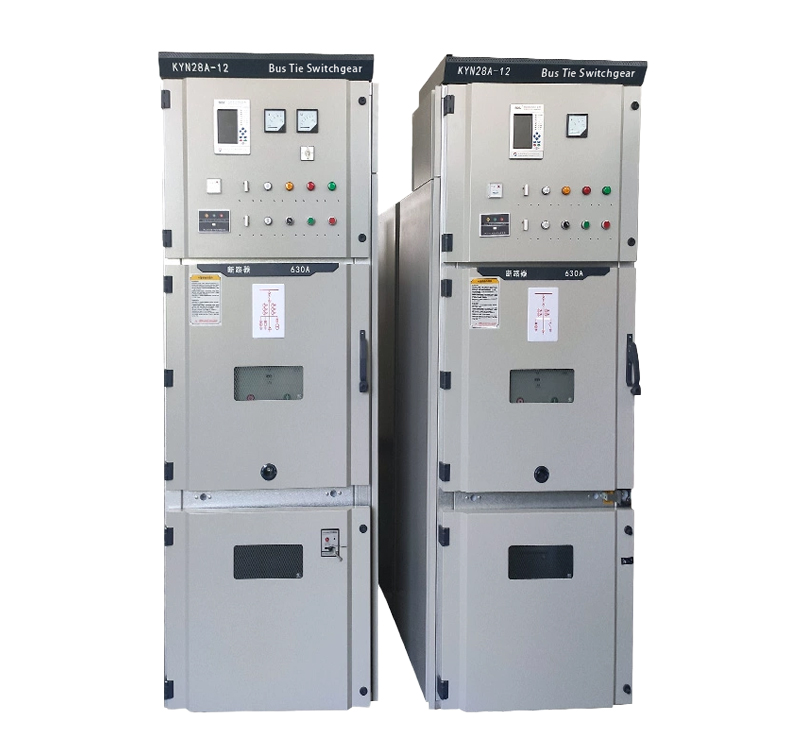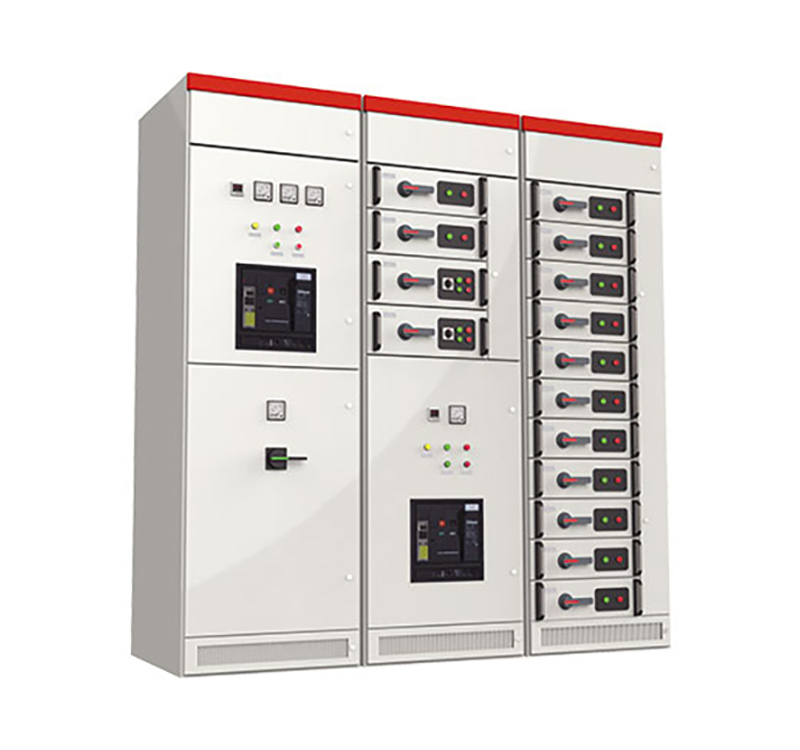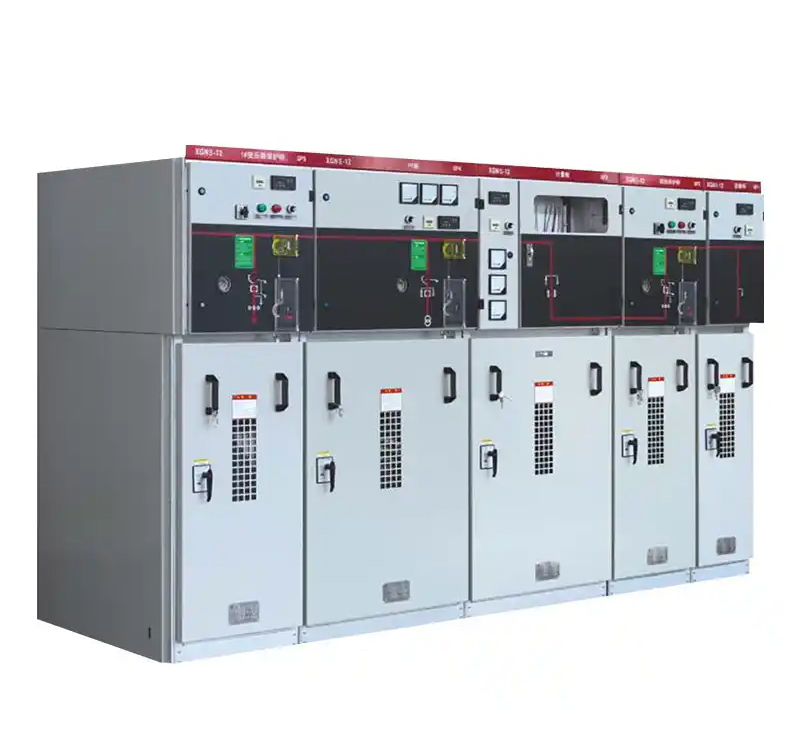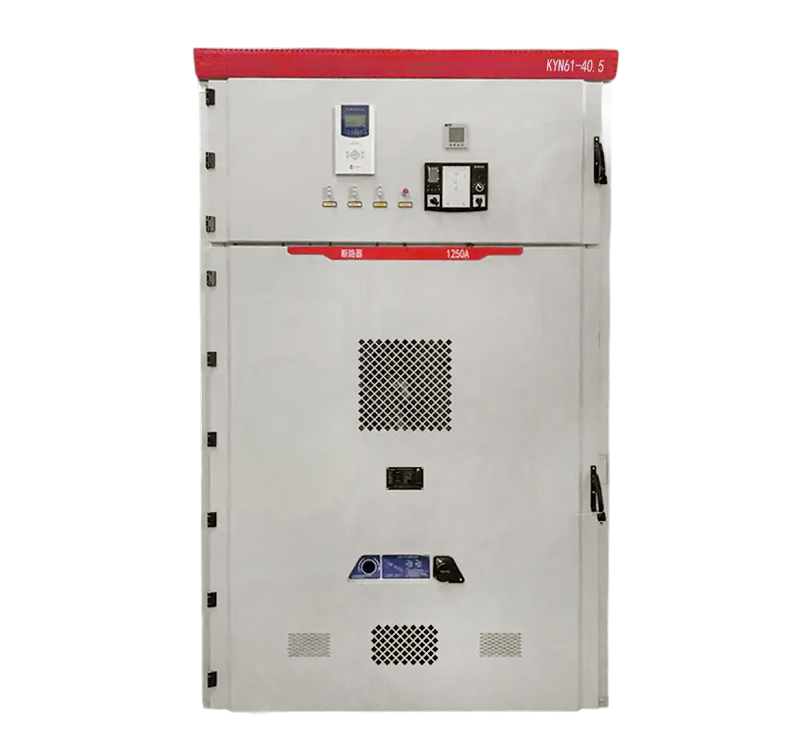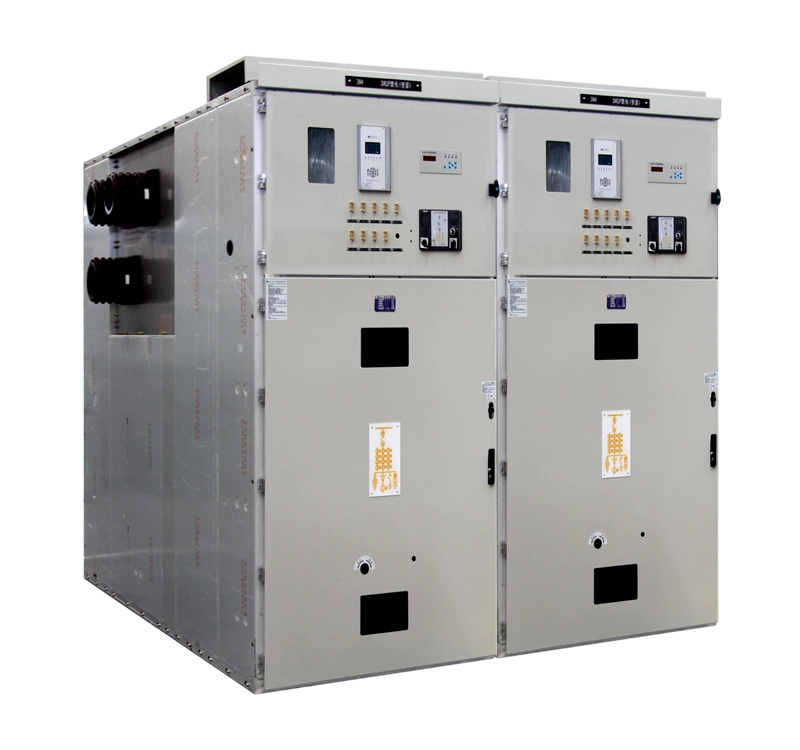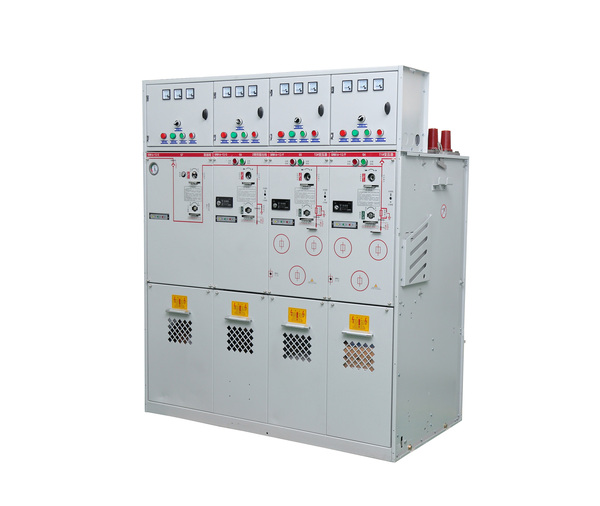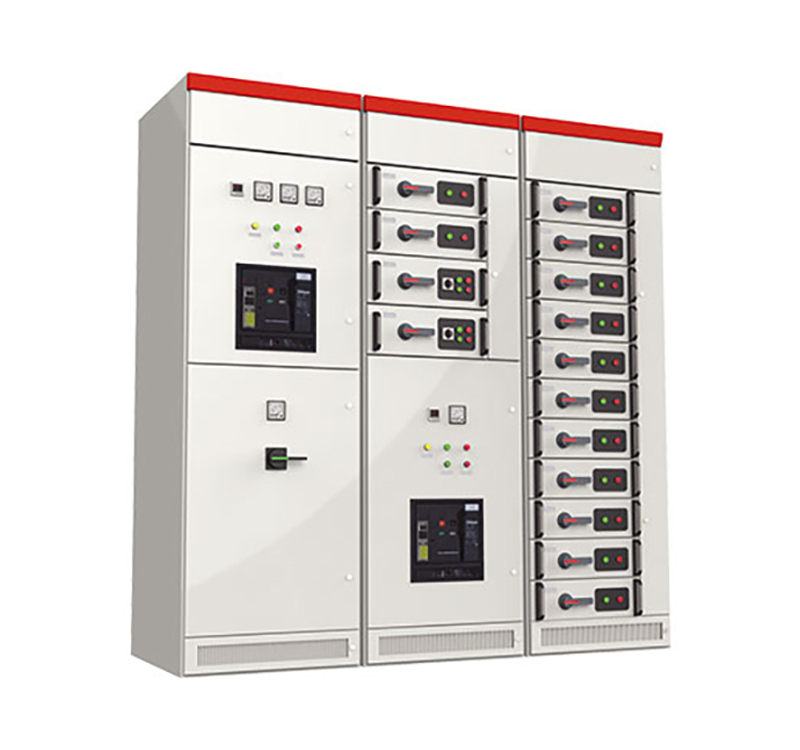
The increasing demand from international markets poses challenges for domestic manufacturers, not only due to differences in frequency and grounding methods, but also because of varying voltage ratings.
There is a distinction between the operating system voltage and the rated voltage of switchgear. The system voltage refers to the voltage on the line. Considering voltage drop, the voltage at the generator outlet is slightly higher. Therefore, the rated voltage of medium-voltage switchgear is required to be the highest voltage of the system, typically 1.1 to 1.15 times the system voltage. For example, what we commonly refer to as 10 kV is the system voltage, while the corresponding switchgear rating is 12 kV. Similarly, “35 kV” typically refers to the system line voltage, while the corresponding switchgear rating is 40.5 kV. Hence, when receiving customer requirements, it is essential to clarify whether the specified voltage is the system voltage or the switchgear rated voltage, as well as the applicable standard, as this determines the insulation level of the switchgear.
Voltage ratings vary significantly worldwide due to differences in power generation systems and system voltages. The use of different standards leads to varying definitions of maximum voltage. In some regions, mixed voltage standards result in numerous voltage level variations.
According to IEC 62271-1, there are two sequences: Sequence 1 includes voltage levels widely used in countries applying IEC standards, while Sequence 2 covers voltage levels corresponding to other standards.
Common Voltage Ratings and Insulation Levels for Medium-Voltage Switchgear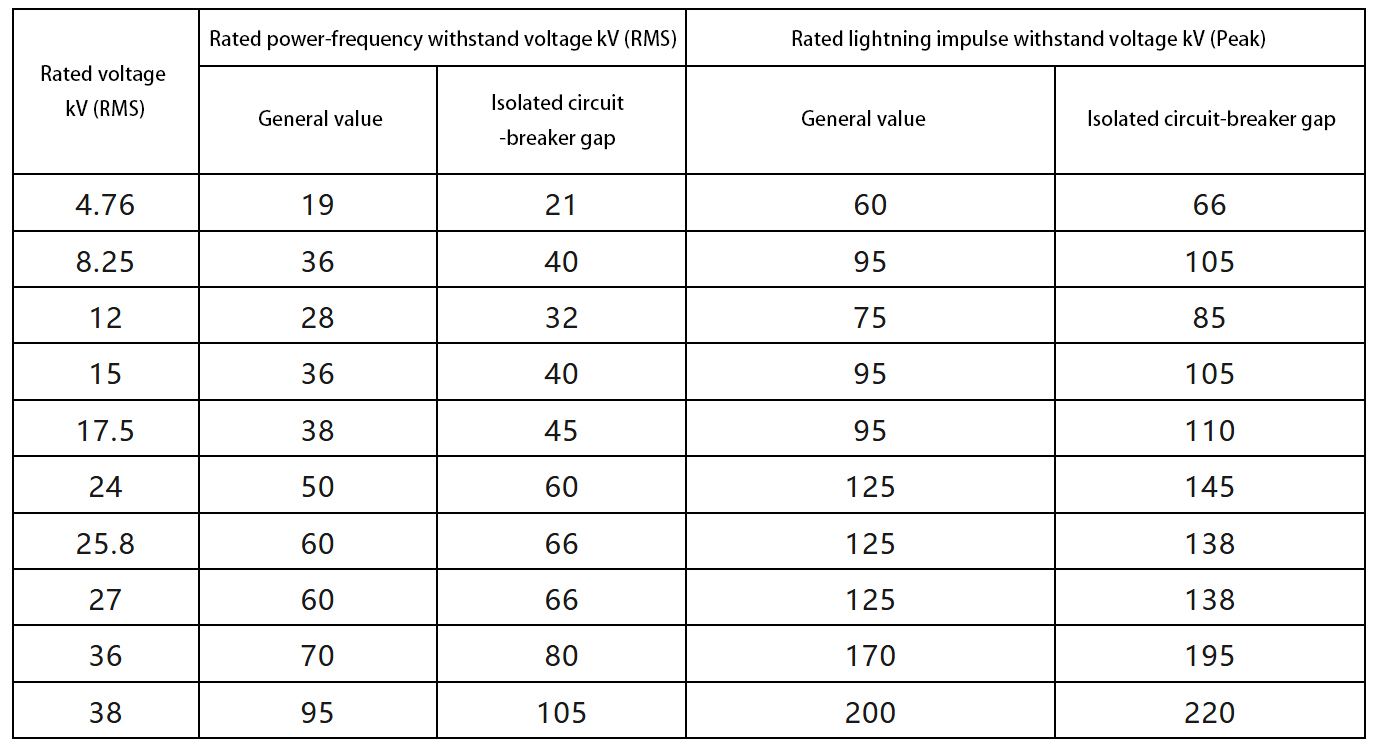
Here, the definition pertains to switchgear, not system voltage. There are far more system voltage levels (e.g., 2.53 kV, 3 kV, 3.3 kV, 4.16 kV, 7.8 kV, 8.13 kV, etc.). It is necessary to verify the rated voltage of the switchgear and the corresponding insulation level required by the applicable standard.
It should not be assumed that a switchgear with a higher rated voltage can automatically cover a system voltage that is numerically lower. For example, an 8.25 kV system requirement cannot be met by a standard GB (Chinese National Standard) 12 kV switchgear. As shown in the table above, although GB 12kV switchgear (designed for neutral ungrounded systems) has a higher power frequency withstand voltage value (42 kV) compared to the IEC standard 12 kV rating (28 kV), and 42 kV is higher than 36 kV, its lightning impulse withstand voltage of 75 kV does not meet the 95 kV impulse requirement for 8.25 kV.
Even for the same voltage level, different standards may require verification of both power frequency withstand voltage and lightning impulse withstand voltage. For instance, some regions like Southeast Asia and Australia require 12/11kV switchgear with a power frequency withstand voltage of 28 kV but a lightning impulse withstand voltage of 95 kV. Standard domestic 12 kV switchgear cannot meet this requirement; enhanced insulation type, high-altitude type products, or using a higher-rated switchgear (e.g., 24 kV) to substitute for a lower one (“using a higher rating to cover a lower one”) may be necessary.
Voltage differences also affect circuit breaker parameters, primarily the Transient Recovery Voltage (TRV). After a circuit breaker interrupts short-circuit current, the voltage needs to recover to the system insulation level. The electrical distance created by the speed of contact separation must be greater than the voltage required for system breakdown to ensure successful current interruption.
For example, the TRV defined for 36 kV T10 in IEC 62271-100 is 500 V higher than that defined for 40.5 kV T10 in GB/T 1984. Strictly speaking, a GB standard 40.5 kV circuit breaker does not comply with the IEC standard requirements for 36 kV.
In some regions, such as Korea, there is a standard switchgear voltage of 25.8 kV, for which domestic 24 kV switchgear cannot be used. Similarly, North America has a 27 kV voltage rating with a power frequency withstand voltage of 60 kV and a lightning impulse withstand voltage of 125 kV. The GB standard for 24 kV in neutral ungrounded systems requires a power frequency withstand voltage of 65 kV and a lightning impulse withstand voltage of 125 kV. In terms of insulation performance, GB standard 24 kV switchgear can meet the insulation requirements for the foreign 27 kV application. However, parameters like the circuit breaker’s TRV must be verified to ensure compliance.
All the aforementioned insulation levels are based on standard requirements for an altitude of 1000 meters. For international applications, the altitude must also be checked to ensure the insulation level remains sufficient.
